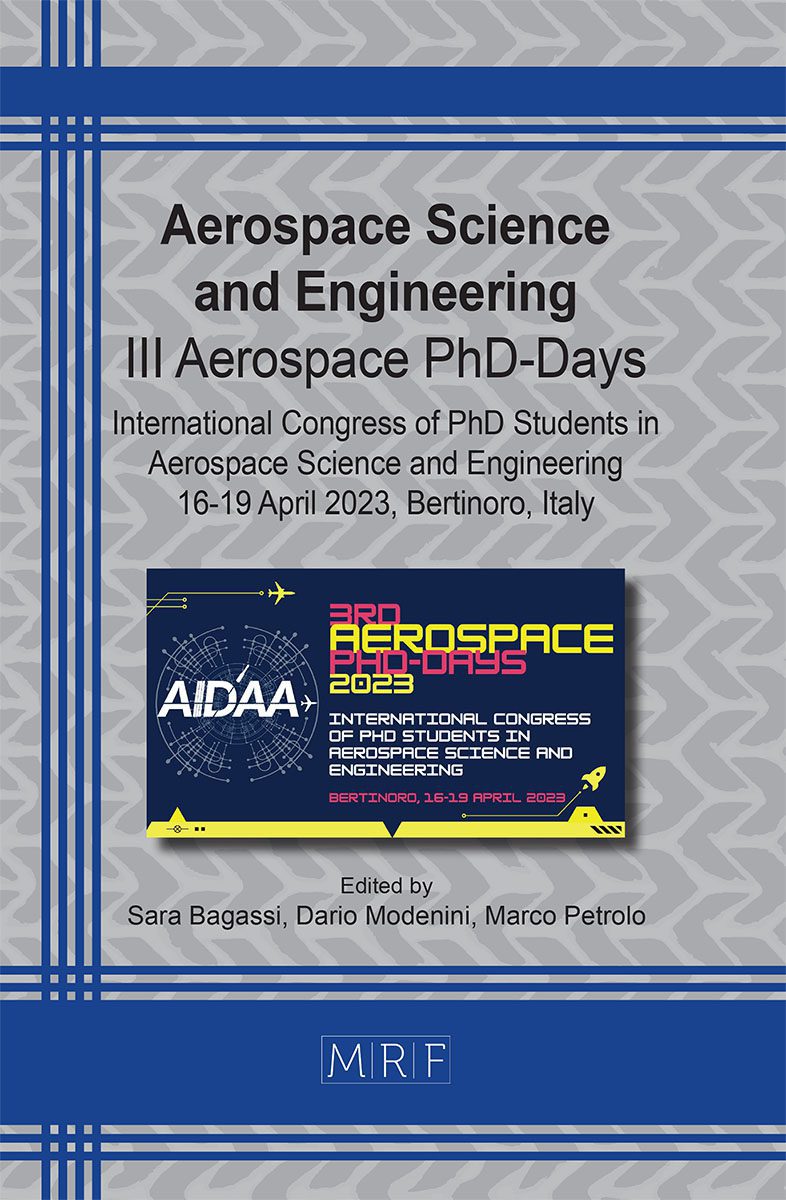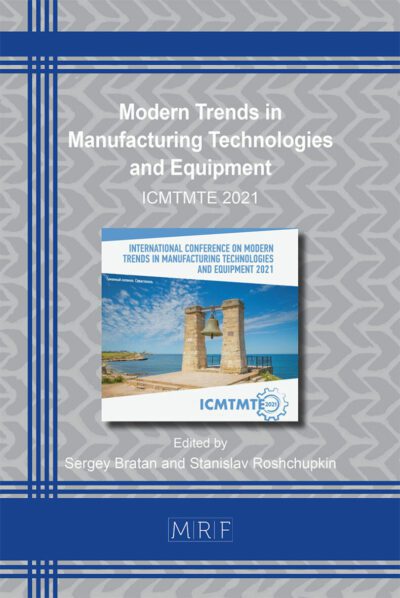Micromechanical analysis for evaluation of voids effect on thermoelastic properties of composites via 1D higher-order theories
Rebecca Masia
download PDFAbstract. The present work presents statistical results of numerical simulations to investigate the effect of different void percentages on composite materials’ coefficient of thermal expansion (CTE). A random distribution of voids is simulated over the Representative Volume Element (RVE) matrix. The use of a high-order beam model within the framework of Carrera Unified Formulation (CUF) leads to a Component Wise (CW) description of the model cross-section. Numerical results for different fiber volume fractions and void concentration percentages are carried out, and the comparison with references from literature demonstrates the agreement in the average CTE trend.
Keywords
Micromechanics, Voids, CUF, RVE, Composite Materials, Statistical Analysis
Published online 9/1/2023, 7 pages
Copyright © 2023 by the author(s)
Published under license by Materials Research Forum LLC., Millersville PA, USA
Citation: Rebecca Masia, Micromechanical analysis for evaluation of voids effect on thermoelastic properties of composites via 1D higher-order theories, Materials Research Proceedings, Vol. 33, pp 193-199, 2023
DOI: https://doi.org/10.21741/9781644902677-28
The article was published as article 28 of the book Aerospace Science and Engineering
![]() Content from this work may be used under the terms of the Creative Commons Attribution 3.0 license. Any further distribution of this work must maintain attribution to the author(s) and the title of the work, journal citation and DOI.
Content from this work may be used under the terms of the Creative Commons Attribution 3.0 license. Any further distribution of this work must maintain attribution to the author(s) and the title of the work, journal citation and DOI.
References
[1] A. R. Sanchez-Majano, R. Masia, A. Pagani, E. Carrera. Microscale thermo-elastic analysis of composite materials by high-order geometrically accurate finite elements, Composite Structures, 2022, Vol. 300, p. 116105. https://doi.org/10.1016/j.compstruct.2022.116105
[2] X. Liu, W. Yu, F. Gasco, J. Goodsell. A unified approach for thermoelastic constitutive model of composite structures, Composites Part B, 2019, Vols. 172:649-59. https://doi.org/10.1016/j.compositesb.2019.05.083
[3] J. Aboudi, S. M. Arnold, and B. A. Bednarcyk. Practical Micromechanics of Composite Materials, 1st Edition, Buttherworth-Heinemann, Oxford Spires Business Park, Kidlington, Oxforshire, United Kingdom, 2021.
[4] E. Carrera, M. Cinefra, M. Petrolo, E. Zappino. Finite element analysis of structures through unified formulation. John Wiley & Sons, 2014. https://doi.org/10.1002/9781118536643
[5] E. Carrera, M. Petrolo, M.H. Nagaraj, M. Delicata. Evaluation of the influence of voids on 3D representative volume elements of fiber-reinforced polymer composites using CUF micromechanics. Composite Structures, 2020, Vol. 254. https://doi.org/10.1016/j.compstruct.2020.112833
[6] I. Kaleel, M. Petrolo, E. Carrera, A. M. Waas, Computationally Efficient Concurrent Multiscale Framework for the Linear Analysis of Composite Structures. AIAA Journal, 2019, Vol. 57(9). https://doi.org/10.2514/1.J057880
[7] K.L. Wei, J. Li, H.B. Shi, M. Tang. Numerical evaluation on the influence of void defects and interphase on the thermal expansion coefficients of three-dimensional woven carbon/carbon composites. 2020, Composite Interfaces, Vol. 27, pp. 873-892. https://doi.org/10.1080/09276440.2019.1707586

































